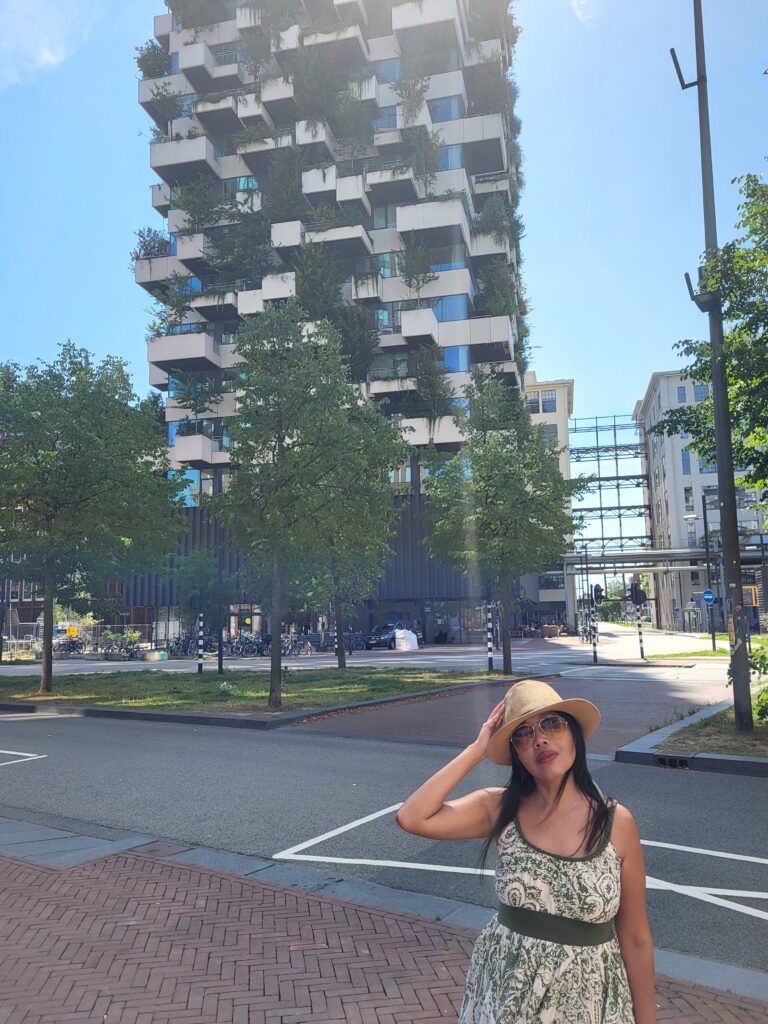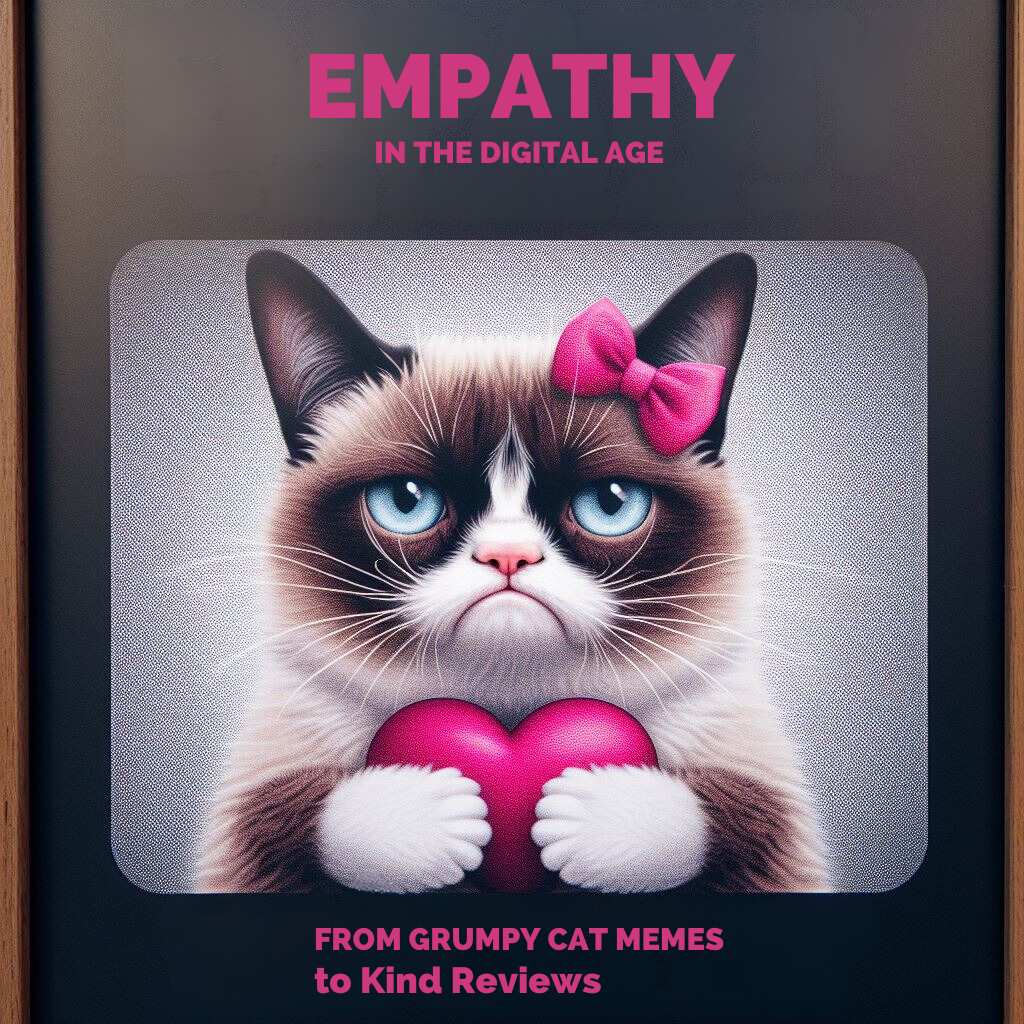Awkward Greetings & Evolving Etiquette:
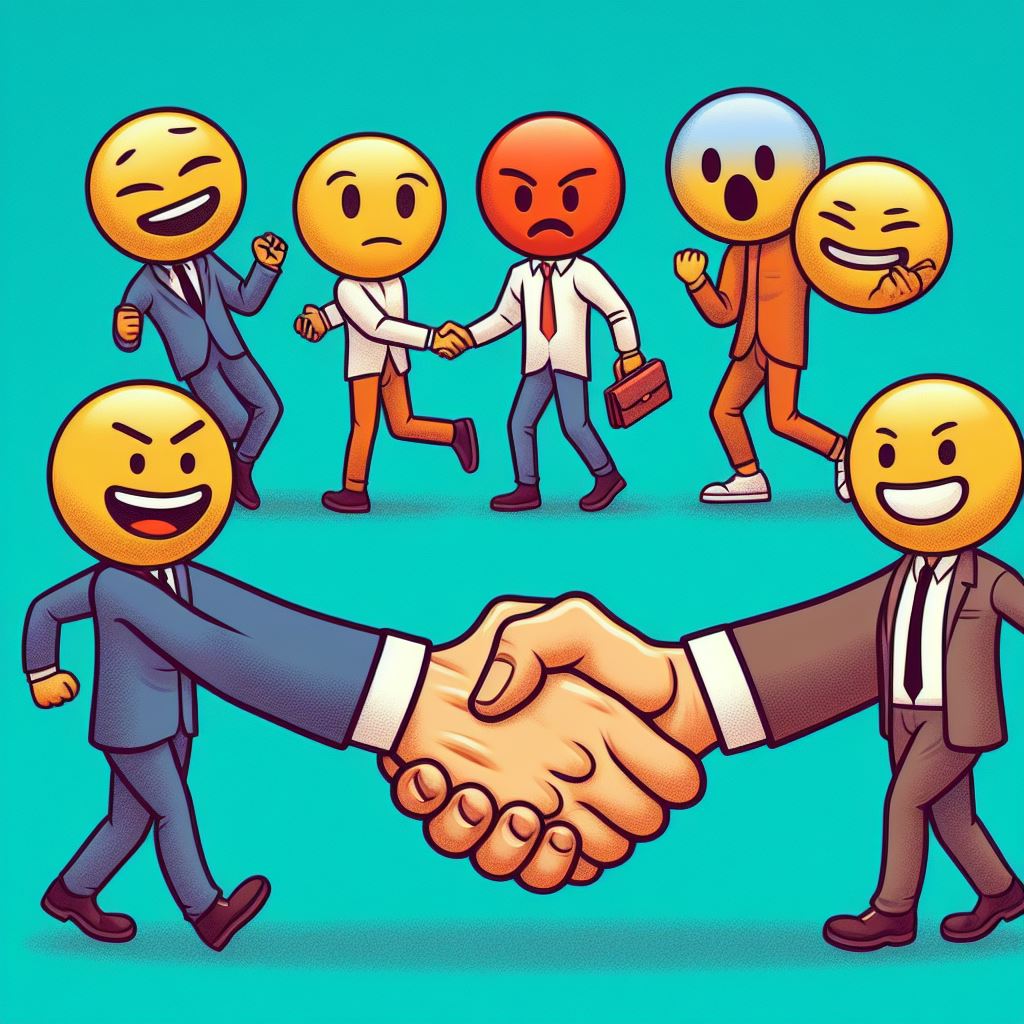
Picture this: a networking event filled with unfamiliar faces buzzing with energy. You, eager to connect, extend your hand for a handshake…only to be met with surprised stares and curious fist bumps. Your handshake attempt, instead of fostering connection, triggers a minor faux pas. Flustered, you adapt, navigating the evening with fist bumps. Later, reflecting on the awkwardness, you realize it wasn’t just about handshakes versus fist bumps. It was the unspoken language of touch in a rapidly changing world, and the question arose: was clinging to a handshake outdated, or had you unintentionally breached the evolving norms of hospitality?
This question sparked lively conversations with friends across generations. Some shared similar fumbles, others saw handshakes fading into the past. One thing resonated, however: touch, even in the digital age, held a hidden power. It spoke of warmth, respect, and an unspoken understanding that emojis and virtual avatars could never truly replicate.
From Ancient Rituals to Modern Manners:

The handshake, while seemingly instinctive, boasts a fascinating history intertwined with the very idea of hospitality. Its origins trace back to the 9th century BC, depicted on Assyrian reliefs as a symbol of peace and trust, laying the groundwork for welcoming interactions. Across continents, greetings evolved as unique expressions of hospitality. Ancient Romans used handshakes for friendship and loyalty, even featuring them on coins, highlighting the importance of welcoming gestures in fostering social bonds. In Japan, bowing remains a deeply ingrained practice, conveying respect and social hierarchy, reflecting the nuanced ways cultural norms shape welcoming customs.
More Than Just a Grip:
Beyond social interactions, handshakes have played a significant role in shaping historical moments of hospitality. They have sealed landmark deals, symbolized reconciliation between nations, and even sparked controversies. Nelson Mandela’s handshake with F.W. de Klerk during their historic meeting became a powerful symbol of forgiveness and a new era of hospitality in South Africa. These moments highlight the power of physical gestures in conveying genuine welcome and forging connections that transcend differences.
The Shifting Landscape: The Handshake Evolve
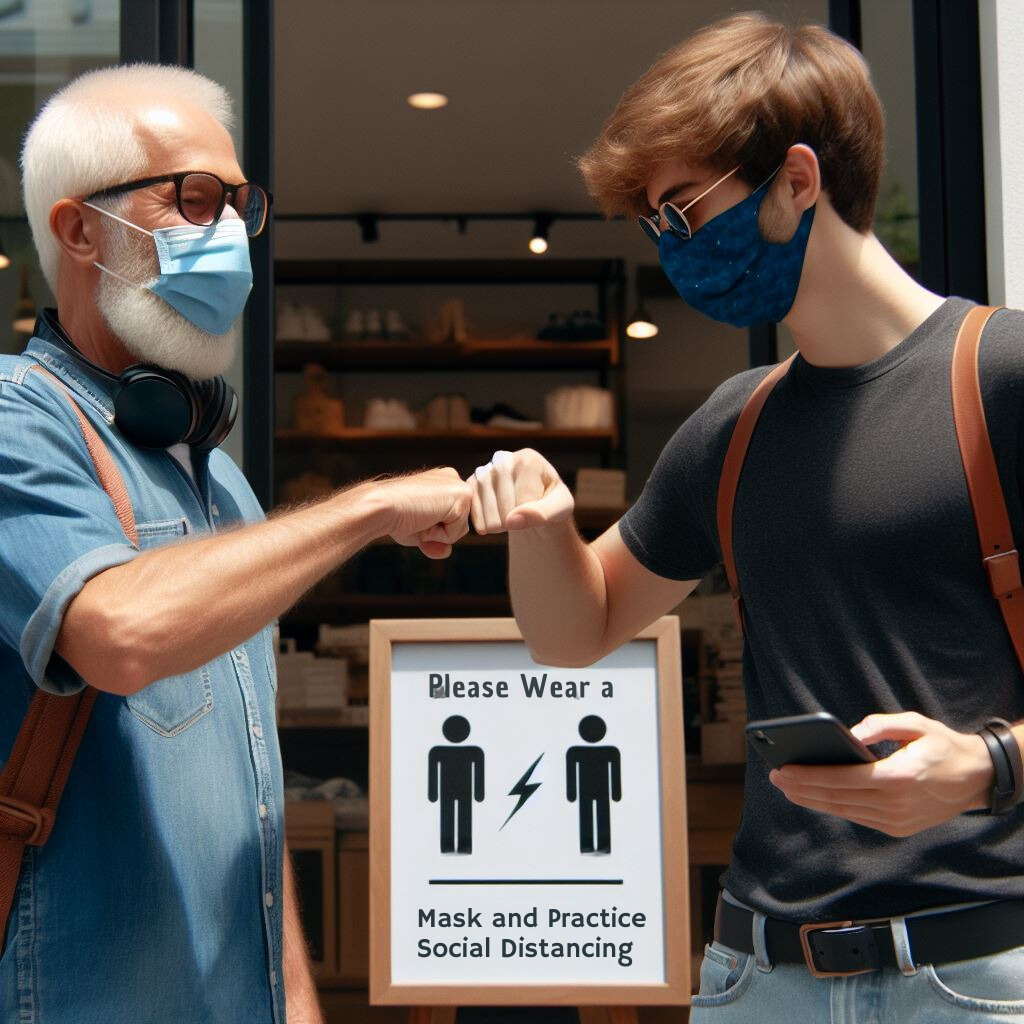
The arrival of the COVID-19 pandemic undeniably impacted hospitality practices, including greetings (Handshake). Alternative greetings like elbow bumps and fist bumps emerged, raising questions about the future of physical touch in welcoming interactions. Some argue that the loss of physical touch weakens social bonds and diminishes the impact of nonverbal communication, essential for genuine hospitality. Others see it as a necessary adaptation to a more hygienic and contactless world.
The Future Unfolds:
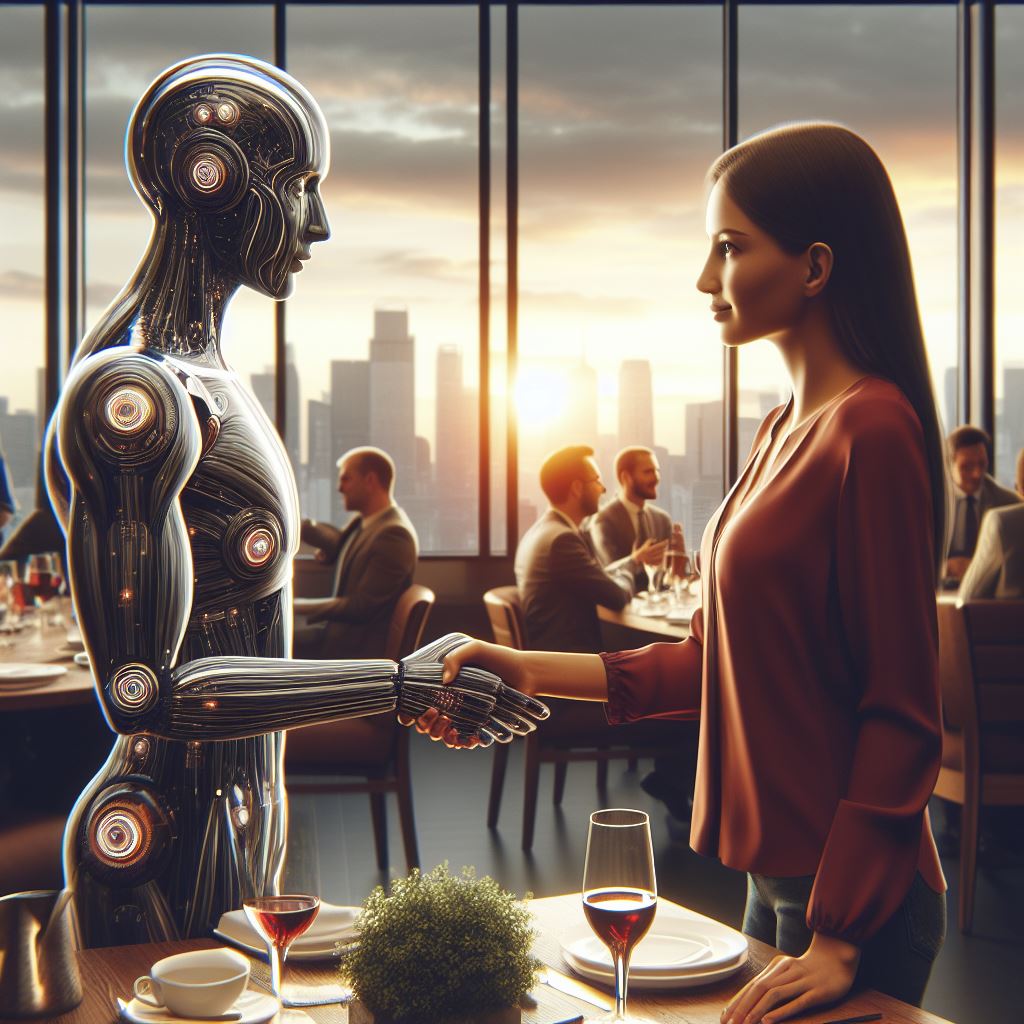
Predicting the future of greetings and their role in hospitality is challenging. Perhaps it will involve a blended approach, with handshakes retaining relevance in formal settings, fist bumps offering a casual welcome among friends, and new contactless gestures emerging for specific contexts. Technology might even offer innovative solutions like virtual handshakes that provide a sense of touch in the digital realm.
Ultimately, the way we greet each other reflects our evolving social landscape and how we practice hospitality. In this digital age, cultural sensitivity, individual preferences, and adaptability will be key to navigating the complex world of greetings. Whether it’s a firm handshake, a friendly fist bump, or a wave across the room, let’s strive for connections that are genuine, respectful, and mindful of the diverse tapestry of human interaction, fostering a spirit of hospitality that transcends any single gesture.
Follow for more:
Stay tuned for more insights into human interaction!

